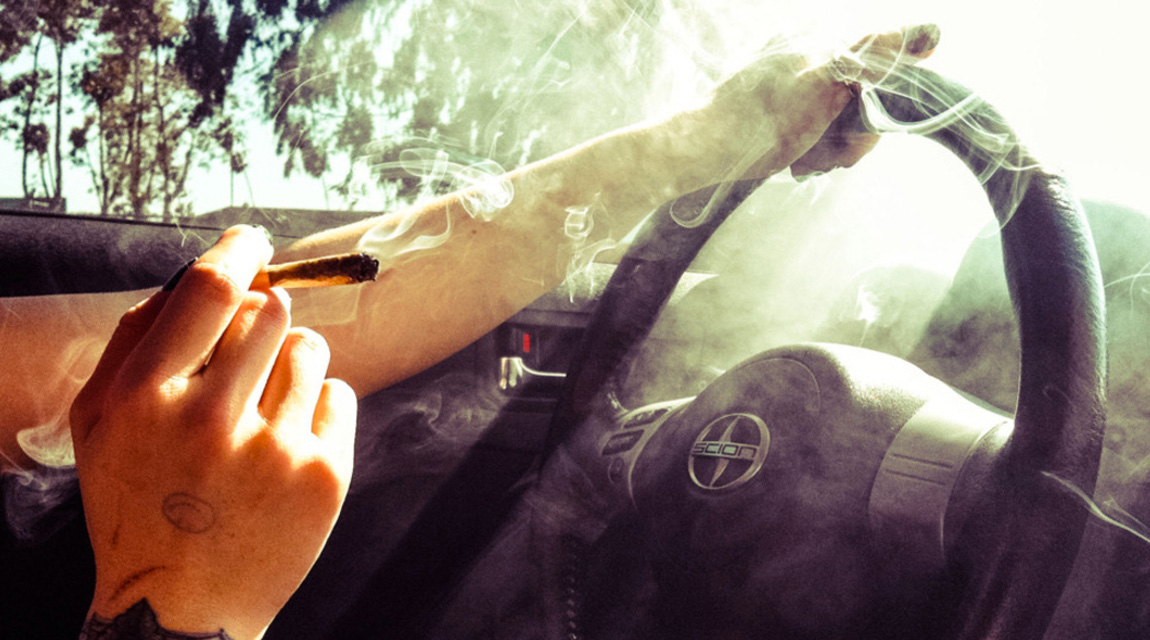Marijuana regulations a high priority

While the announcement earlier this week by the Constitutional Court that marijuana is now legal in South Africa for private use may be the highlight of the year for some, there are a number of concerns and questions around regulation and control that still need to be addressed to ensure the safety of both users and non-users – particularly when it comes to road safety.
This is the view of Rhys Evans, director at Alco-Safe, who suggests that testing for marijuana intoxication is a lot more complex than simply doing a breathalyser, as one would for alcohol.
“Laws and limits exist for driving under the influence of alcohol, but, as Tetrahydrocannabinol (THC) – the principal psychoactive constituent of marijuana – remains in a user’s system for far longer than alcohol does, it makes it tricky to establish limits and laws around marijuana use,” he says.
Section 65 of the National Road Traffic Act states that “no person may drive a vehicle or occupy the driver’s seat of a motor vehicle of which the engine is running on a public road while under the influence of intoxicating liquor or drug having narcotic effect”.
Evans says: “In theory, any person caught with even traces of marijuana in their system while driving can currently be arrested and/or prosecuted, but, because THC can remain in a person’s bloodstream for hours to days after use, a person who tests positive for marijuana isn’t necessarily intoxicated.”
He adds: “At present, no limit has been established to determine how much THC needs to be present in the bloodstream for a person to be considered intoxicated.”
The chance of a driver being tested for drugs in a road block are currently minimal, due to a lack of testing equipment available to officers and the fact that there are grey areas that need to be clarified and legislated. As a result, drivers who indulge in substances such as marijuana are less concerned with being caught in a road block than if they have consumed alcohol.
THC can be detected by blood tests, urine tests and saliva tests. Evans says that saliva testing would be the most likely to be used to test for roadside marijuana intoxication, but he cautions that test limits need to be set up in order to establish more than just the presence of THC.
“Traffic enforcers are likely to only test based on visual suspicion of intoxication, as the time constraints of saliva testing make it onerous to test all drivers at, say, a roadblock. It would make sense for drivers to be tested on a random basis, or possibly only if they are suspected of being under the influence, giving visual cues such as erratic or inconsistent driving,” adds Evans.
Regardless of the actual procedure, Evans advises that it is critical for relevant governing bodies to be proactive in formulating regulations, limits and testing requirements well ahead of legalisation.
“Until regulations are in place, it will be extremely difficult if not impossible to prove actual intoxication, and there will be little to stop marijuana users from taking to the roads,” Evans warns.
“It is essential that regulations are drawn and parameters set before legalisation, to avoid a spike in intoxication-related traffic incidents and ensure that our roads remain safe,” he concludes.
Published by
Focus on Transport
focusmagsa




